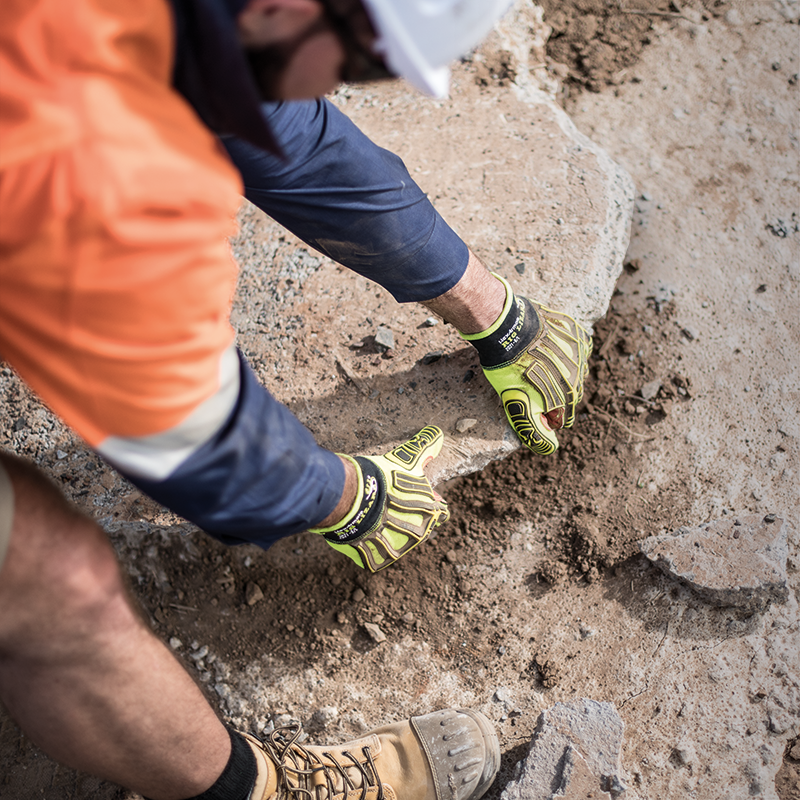n3 Supplier NZ Safety Blackwoods explains why hand protection is critical for keeping your staff safe from harm. They highlight the common injuries to watch out for and how they can be avoided with the correct safety equipment.
Hand protection is about saving your hands from any injury at work. Hands are vital tools in almost everything we do and are the most vulnerable to injuries. Very often, hands are exposed to hazardous conditions such as sharp edges, pinch points, dangerous machinery, hot objects, electricity, splinters and chemicals – to name just a few. Keep your hands protected, and they’ll last you a lifetime.
Whether on a farm or in an office, potential hazards are everywhere. The most common types of hand injuries include the following:
Traumatic injury can occur when hands and fingers get caught, pinched or crushed in chains, wheels, rollers or gears of various machinery, and get cuts to the skin, tendons, blood vessels and nerves, skin punctures, perforations, abrasions, irritation, bone fractures and sprains.
Contact or permeation injury occurs when our hands come in contact with corrosive liquids, solvents, acids, detergents, flammable liquids, and other substances and permeate through the skin. This can cause chemical burns or injure tissue, cause skin irritation, allergic dermatitis, significant organ damage, carcinogenic effects – the list goes on.
Repetitive motion injury occurs when jobs require repeated, rapid hand movements for an extended time. Most of these injuries are musculoskeletal disorders.
Thermal injury occurs due to the high temperatures of some equipment or via fire while handling hot parts, welding/cutting, etc. It can take the form of burns, dermatitis, frostbite, or blisters.
What Glove Do I Need?
NZ Safety Blackwoods has a wide range of hand protection to suit every activity, from light athletic grip to heavy-duty cut resistance. Our knowledgeable team are on hand in-store to give you advice and assistance in product selection to ensure you and your team are kept safe. You can also visit our website for more information on our comprehensive range.
5 Tips to Keep Hands Safe
- Wear PPE. When it comes to hand safety, wearing the appropriate gloves is non-negotiable. Make sure they fit well and are kept in good working order.
- Use safe, well-maintained equipment and tools. Good for your equipment, and safer for you.
- Stretch and Flex. If you’re performing the same repetitive movements for long periods of time, stretching your fingers, hands, wrists, and forearms can ease the strain.
- Be Aware. Always be aware of what you’re touching and where your hands are going when working.
- Take Your Time, Be Prepared. Before starting any task, have your ducks in a row. Check the work area for clutter that may cause a distraction. Are gloves on, and do they fit well? Is all equipment ship-shape? Are all safety protocols being adhered to?



